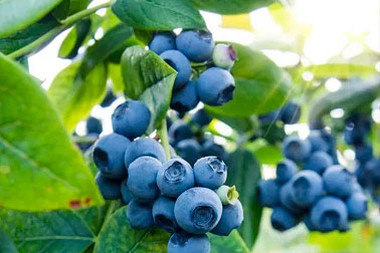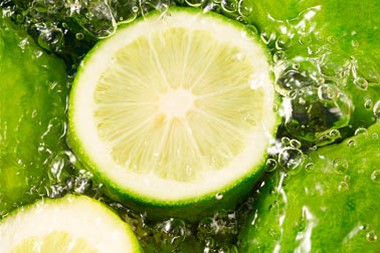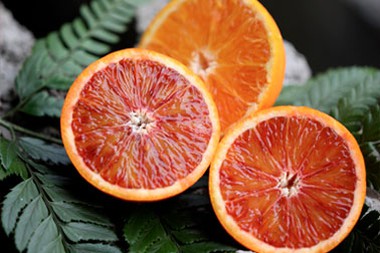In the cosmetics world, natural extracts derived from plants, algae and other organisms are coveted for their potent concentrations of skin-enhancing nutrients. One that has generated quite a buzz in recent years is Dunaliella salina extract. This carotenoid-rich substance obtained from marine microalgae is cropping up more and more in anti-aging skincare formulations. But what exactly is Dunaliella salina and why has it become such a coveted cosmeceutical ingredient? Let’s take a closer look at how this unique algae extract is produced and what skin benefits it offers.
What is Dunaliella Salina?
Dunaliella salina is a type of halophile green microalgae that can be found in salty bodies of water around the world, from natural seabeds to commercial saltworks. The unicellular Dunaliella salina algae possess a remarkable ability to survive and thrive in settings with extremely high salt concentrations, from 5X to even 10X higher than normal seawater.
This hardy microalgae contains an abundance of protective carotenoids, notably beta-carotene, that allow it to withstand saline environments where other organisms cannot. It is this rich cache of carotenoid antioxidants that makes Dunaliella salina so valuable for use in skincare preparations aimed at anti-aging protection.
Dunaliella Salina Extract Production
Commercial production of D. salina utilizes controlled settings like man-made saltwater ponds to culture and grow the algae on a large scale. The orange-hued algae are then harvested, dried, and undergo extraction to isolate the carotenoid compounds, yielding a vivid orange-red pigmented oil. This concentrated, antioxidant-dense extract can then be incorporated in cosmetic products.
Key Skin Benefits of D. Salina Extract
Research shows that Dunaliella Salina Extract offers several beautifying benefits when applied topically:
- Potent antioxidant activity to counteract skin aging free radicals and environmental stressors. The rich carotenoids protect against UV damage.
- Anti-inflammatory effects to calm irritation and sensitivity. The omega fatty acids reduce redness and swelling.
- Improved hydration by strengthening skin’s moisture barrier against water loss.
- Photo-protective properties to shield skin from UV rays and resultant hyperpigmentation.
- Stimulation of collagen synthesis to maintain youthful skin elasticity and firmness.
The combination of antioxidants, essential fatty acids, and phytonutrients in D. salina provide comprehensive defense against premature skin aging.
Beta-Carotene Content
The main active compound responsible for D. salina’s antioxidant power is beta-carotene. This orange pigment is a carotenoid precursor to vitamin A. D. salina can contain concentrations of beta-carotene as high as 14% by dry weight.
When applied to skin, beta-carotene is able to deeply penetrate tissue. It acts as a free radical scavenger, bolstering skin’s defenses against oxidative damage from pollution, sun, and aging. This helps maintain youthful skin integrity and radiance.
Safety and Tolerability
At appropriate cosmetic usage concentrations, D. salina extract is well-tolerated by most skin types. No serious adverse effects have been reported. As with any new skincare ingredient, patch testing is advisable to check for potential irritant reactions.
Those with carotenoid sensitivities or allergies should exercise caution. High doses of beta-carotene supplementation have been linked with carotenodermia, a harmless but temporary yellowing of the skin.
Research Supporting Topical Benefits
Though still emerging, early research specifically on Dunaliella Salina Extract supports its use for skin:
- In one study, a cream with 0.3% D. salina extract enabled skin to better withstand exposure to UV and ozone.
- Applying D. salina extract decreased skin erythema and sunburn cell formation after UV radiation, indicating photoprotective effects.
- Combining D. salina extract with squalane oil was found to boost moisture content and production of filaggrin, improving skin hydration.
While larger scale human studies are still needed, these preliminary findings lend credence to the use of D. salina extract for antioxidant, anti-aging skincare products.
Formulations and Products Containing D. Salina
D. salina extract can be found as an ingredient in various cosmetic products:
- Anti-aging serums and ampoules providing concentrated doses of antioxidants.
- Daily SPF moisturizers, where it offers additional sun protection.
- Night creams formulated for rejuvenating and repairing skin overnight.
- Anti-pollution essences and mists to mitigate environmental damage.
Top brands utilizing D. salina extract include Drunk Elephant, Jordan Samuel, and Youth to the People - seeking the algae’s beautifying benefits.
Conclusion
With its stellar supply of antioxidant carotenoids and skin-replenishing fatty acids, Dunaliella salina extract is gaining esteem as an anti-aging skincare ingredient. Preliminary research and anecdotal evidence points to its efficacy for protecting skin from oxidative stress and UV damage. When incorporated thoughtfully into cosmetic formulations, Dunaliella Salina Extract shows promise to help maintain youthful, healthy skin. Though still an emerging niche ingredient, we may see more brands tapping into the potential of this microalgae.
Ciyuan Bio stands as a prominent private label and custom process manufacturer of natural products, boasting a remarkable 30 years of experience as a national-level high-tech enterprise. Our expertise spans across research and development, testing, and production of natural products, as well as related fields such as cell engineering and genetic engineering. Through three decades of relentless exploration and advancement, Ciyuan Bio has garnered widespread trust and recognition from customers, affirming their commitment to excellence. For those interested in their array of related products, inquiries can be directed to Selina@ciybio.com.cn.
References:
1. Ranga Rao, A., Dayananda, C., Sarada, R., Shamala, T.R. & Ravishankar, G.A. (2007). Effect of salinity on growth of green alga Botryococcus braunii and its constituents. Bioresource Technology 98, 560-564.
2. Wang, S.B., Chen, F., Sommerfeld, M. & Hu, Q. (2004). Proteomic analysis of molecular response to oxidative stress by the green alga Haematococcus pluvialis (Chlorophyceae). Planta 220, 17-29.
3. Kim, S.-K. & Karadeniz, F. (2012). Anti-inflammatory effects of omega-3 fatty acids in fish oil; omega-3 fatty acids as a puissant supplement in food science and human health. In Advances in Food and Nutrition Research. 215-232.
4. Gammone, M.A., Riccioni, G. & D'Orazio, N. (2015). Marine Carotenoids Against Oxidative Stress: Effects on Human Health. Marine Drugs 13, 6226-6246.
5. Bedoux, G., Hardouin, K., Burlot, A.S. & Bourgougnon, N. (2014). Bioactive Components from Seaweeds: Cosmetic Applications and Future Development. Advances in Food and Nutrition Research 74, 245-269.



